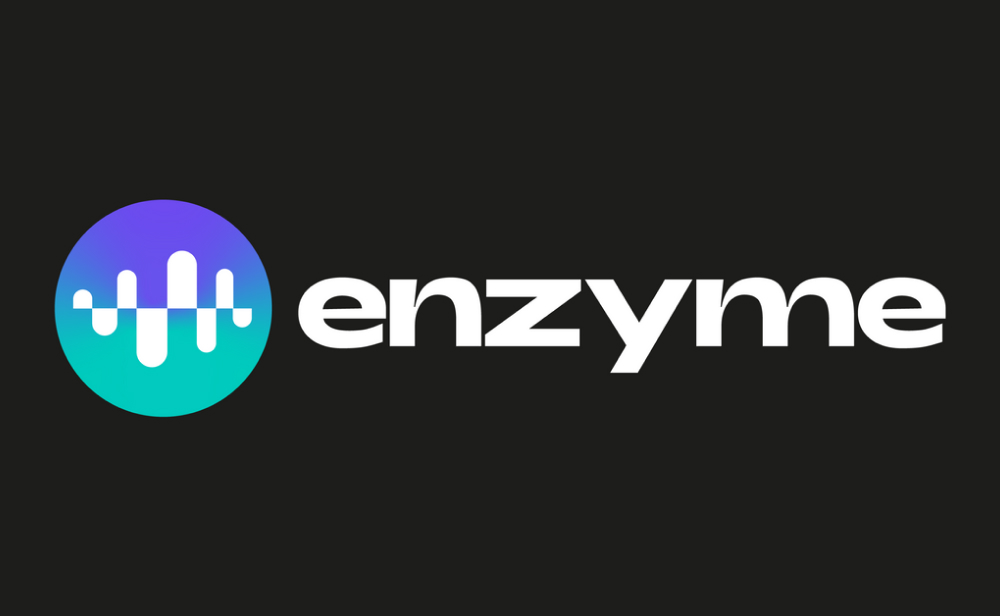
Enzyme Finance, previously named Melon Protocol, is a protocol built on Ethereum (ETH) that allows users to create, manage and invest in custom crypto asset management vehicles.
Enzyme aims to decentralize traditional asset management, a field that has historically been the domain of professional financial advisors and firms. The idea is the MLN cryptocurrency can lower the barriers to entry for asset management, opening access to more global consumers.
For example, managed funds typically require a minimum investment amount and management fees, which can put these wealth tools out of the reach of average consumers. Further out of reach is their ability to create asset management funds, which today require substantial capital and legal consultation. On top of this, it can take years to even file documents for a fund.
Enzyme aims to create an alternative system. Using the project’s web portal, users can invest in funds and portfolios launched by other users, and other users can invest in their creations. The Enzyme Finance protocol uses the MLN cryptocurrency to execute various operations on the platform.
How does Enzyme Finance work?
Enzyme Finance is a collection of smart contracts whose computation is performed by the Ethereum blockchain.
Because of this design, fees for transactions are paid in ether. These fees cover the cost of using Ethereum’s computing power and Enzyme’s software.
The protocol itself consists of two layers, a fund layer, and an infrastructure layer, and it comes with its own Javascript library that enables web browser support.
The Fund Layer
The Fund Layer is where users launch and control the funds other users can invest.
Each fund contains two parts:
The Hub – The hub is considered the core part of the fund layer, as it provides all the necessary tools to set up a fund and tracks the components that make up the funds.
The Spokes – The Spokes use smart contracts to define the funds, which are created by each fund manager, and contribute specific services to the fund. Examples include the Vault, a component used for storing tokens on behalf of the funds, and Shares, a component that tracks fund ownership.
The Infrastructure Layer
The infrastructure layer is controlled by the Melon Council, Enzyme’s DAO.
Some examples of infrastructure contracts include:
The ‘adapter’ contract – links certain assets to price feeds for trading.
The ‘engine’ contract – which buys MLN for ETH to help pay for certain computations.
The ‘price source’ contract – provides general information needed for actions within the funds.
Source: https://www.kraken.com/learn/what-is-melon-mln/

Comments